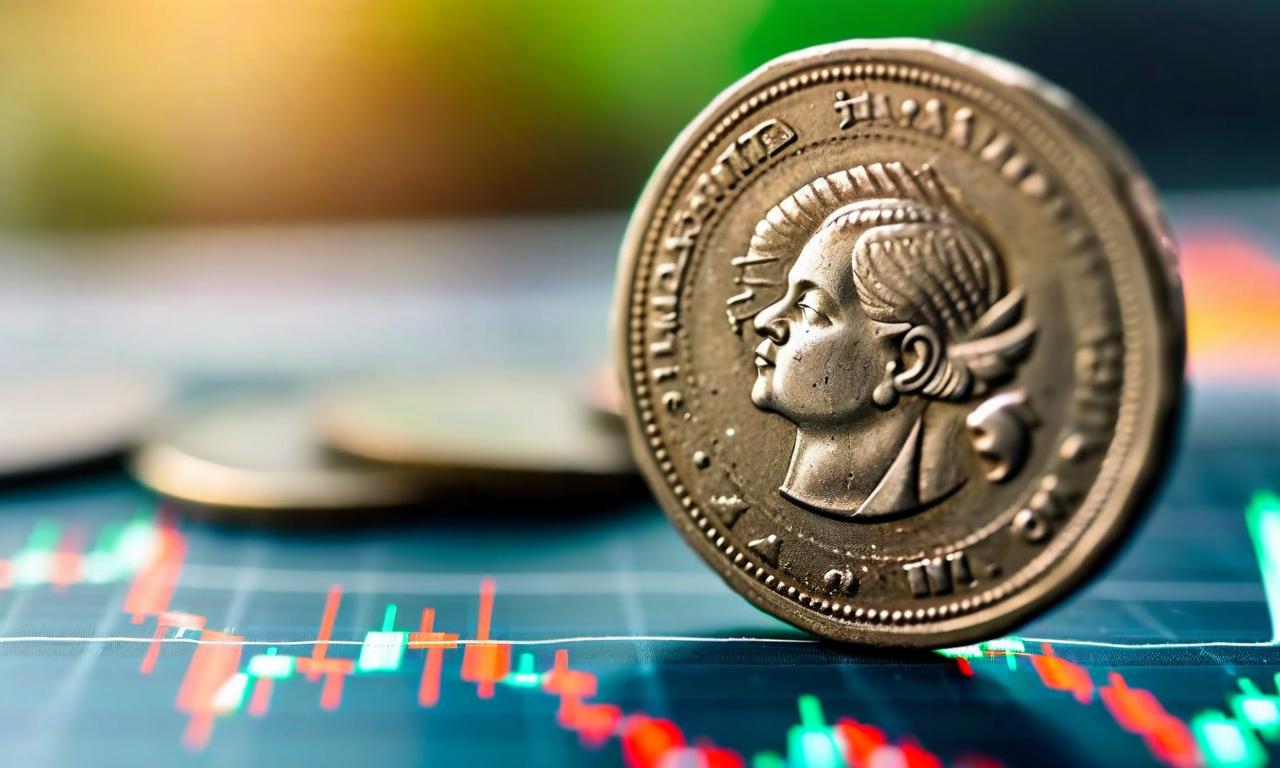FY26 Outlook: Low Double-Digit Earnings Growth Expected; Auto and Fertilizer Sectors Poised for Gains
Shibani Sircar Kurian from Kotak Mahindra Asset Management predicts low double-digit earnings growth for the Indian market in FY2026. This growth is expected to be driven by improving domestic demand and supported by policy measures such as tax cuts, potential RBI rate cuts, and GST rationalization. The rural economy shows promise with favorable monsoons and rising demand. Automobile and fertilizer sectors are poised for growth. China's lifting of export curbs on fertilizers and rare earth metals could benefit Indian industries. While largecap valuations are trading at a slight premium, the focus remains on domestic-facing sectors.

*this image is generated using AI for illustrative purposes only.
Shibani Sircar Kurian, a representative from Kotak Mahindra Asset Management, has shared an optimistic outlook for the Indian market, projecting low double-digit earnings growth for the fiscal year 2026. This growth is expected to be driven by improving domestic demand trends and supported by various policy measures aimed at boosting consumption.
Policy Measures to Boost Domestic Consumption
Several key policy initiatives are expected to play a crucial role in stimulating domestic consumption:
- Tax cuts for mass income segments
- Anticipated rate cuts by the Reserve Bank of India (RBI)
- GST rationalization
These measures are designed to increase disposable income and encourage spending across various sectors of the economy.
Rural Economy Shows Promise
The rural economy is showing signs of revival, contributing to the positive outlook:
- Favorable monsoons are expected to boost agricultural output
- Rising rural demand is observed
- Real rural wages are moving up
- Inflation remains under control, supporting purchasing power
Sectors Poised for Growth
Automobile Sector
The automobile industry is well-positioned to benefit from the improving economic conditions:
- Two-wheelers expected to see increased demand
- Entry-level four-wheelers likely to experience growth
- Policy supports and improving rural demand to drive sales
Fertilizer Sector
The fertilizer sector is also anticipated to perform well:
- Good monsoons to boost agricultural activities
- Recent policy announcements favorable for the sector
- China's lifting of export curbs on fertilizers to potentially benefit Indian companies
China's Policy Shift
China's decision to lift export curbs on several key products is seen as a significant development:
- Fertilizers export restrictions removed
- Rare earth metals export curbs lifted
- Tunnel boring machines export restrictions eased
This policy shift could have positive implications for various Indian industries that rely on these imports.
Market Valuation and Focus
Indian markets are showing promise, with a particular focus on domestic-facing sectors. However, investors should note that:
- Largecap valuations are currently trading at a slight premium to long-term averages
As the Indian economy continues to evolve, sectors benefiting from domestic consumption and policy support are likely to be at the forefront of growth in the coming fiscal year.

























